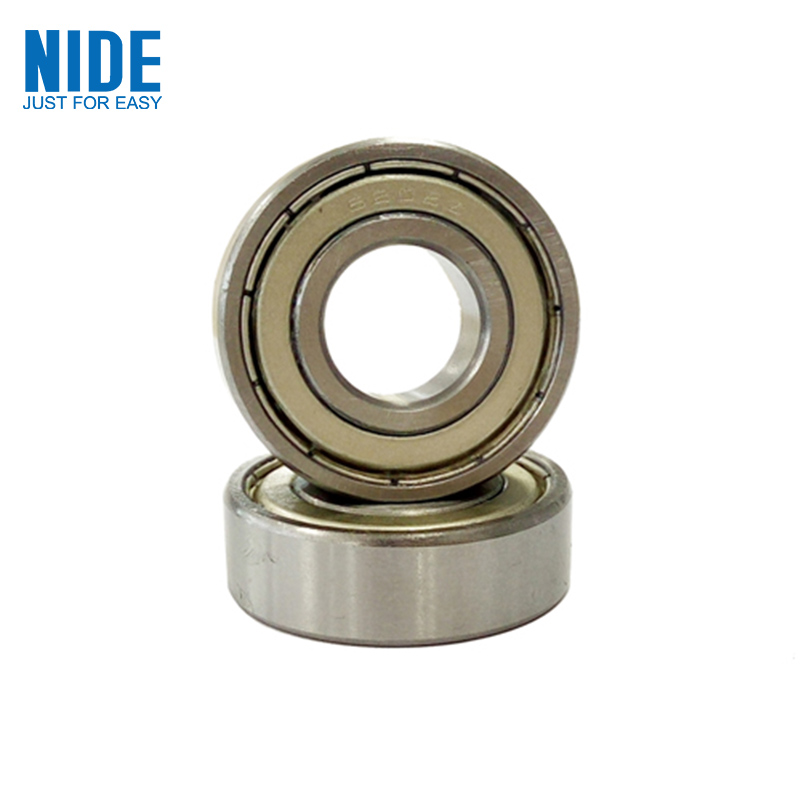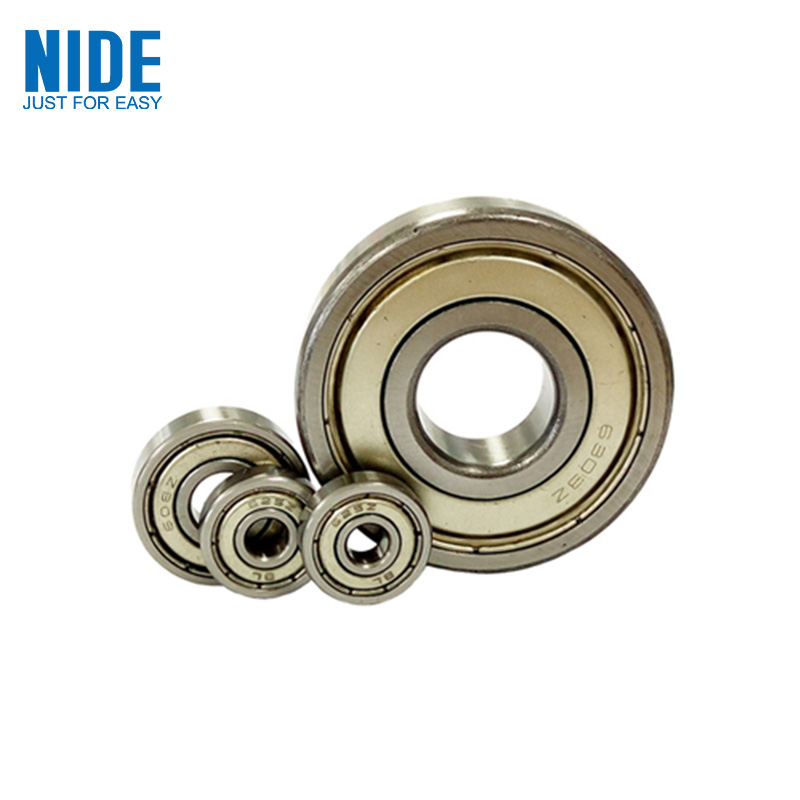Bearing
2022-06-15
life
Under a certain load, the number of revolutions or hours that a bearing experiences before pitting occurs is called bearing life.
The life of a rolling bearing is defined by the number of revolutions (or hours of work at a certain speed): within this life, the bearing should have initial fatigue damage (spalling or chipping) on any of its bearing rings or rolling elements. However, whether in laboratory tests or in actual use, it can be clearly seen that the actual life of bearings with the same appearance under the same working conditions is very different. In addition, there are several different definitions of bearing "life", one of which is the so-called "working life", which indicates the actual life that a bearing can achieve before failure is due to wear, damage is usually not caused by fatigue, but Caused by wear, corrosion, seal damage, etc.
In order to determine the standard of bearing life, the bearing life and reliability are related.
In order to compare the bearing capacity of the bearing against pitting corrosion, when the rated life of the bearing is specified to be one million revolutions (106), the maximum load that can be supported is the basic rated dynamic load, represented by C.
That is to say, under the action of the rated dynamic load C, the reliability of this kind of bearing working for one million revolutions (106) without pitting failure is 90%. The larger the C, the higher the bearing capacity.
For basic dynamic load rating
1. Radial bearing refers to pure radial load
2. Thrust ball bearings refer to pure axial loads
Under a certain load, the number of revolutions or hours that a bearing experiences before pitting occurs is called bearing life.
The life of a rolling bearing is defined by the number of revolutions (or hours of work at a certain speed): within this life, the bearing should have initial fatigue damage (spalling or chipping) on any of its bearing rings or rolling elements. However, whether in laboratory tests or in actual use, it can be clearly seen that the actual life of bearings with the same appearance under the same working conditions is very different. In addition, there are several different definitions of bearing "life", one of which is the so-called "working life", which indicates the actual life that a bearing can achieve before failure is due to wear, damage is usually not caused by fatigue, but Caused by wear, corrosion, seal damage, etc.
In order to determine the standard of bearing life, the bearing life and reliability are related.
Due to the difference in manufacturing precision and material uniformity, even the same batch of bearings of the same material and size, used under the same working conditions, have different life spans. If the statistical life is 1 unit, the longest relative life is 4 units, the shortest is 0.1-0.2 unit, and the ratio of the longest to the shortest life is 20-40 times. 90% of bearings do not produce pitting corrosion, and the number of revolutions or hours experienced is called bearing rating life .

In order to compare the bearing capacity of the bearing against pitting corrosion, when the rated life of the bearing is specified to be one million revolutions (106), the maximum load that can be supported is the basic rated dynamic load, represented by C.
That is to say, under the action of the rated dynamic load C, the reliability of this kind of bearing working for one million revolutions (106) without pitting failure is 90%. The larger the C, the higher the bearing capacity.
For basic dynamic load rating
1. Radial bearing refers to pure radial load
2. Thrust ball bearings refer to pure axial loads
3. Radial thrust bearing refers to the radial component that produces pure radial displacement

X
We use cookies to offer you a better browsing experience, analyze site traffic and personalize content. By using this site, you agree to our use of cookies.
Privacy Policy

